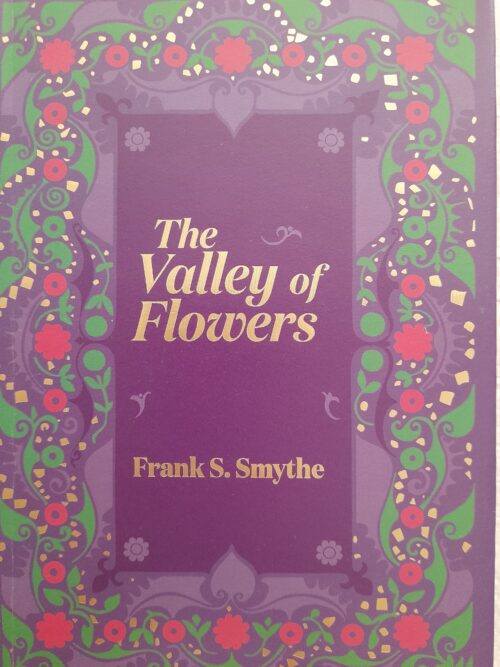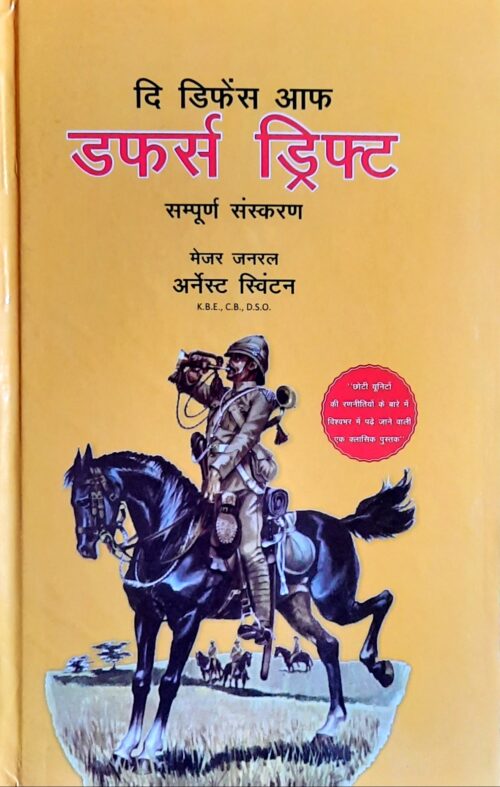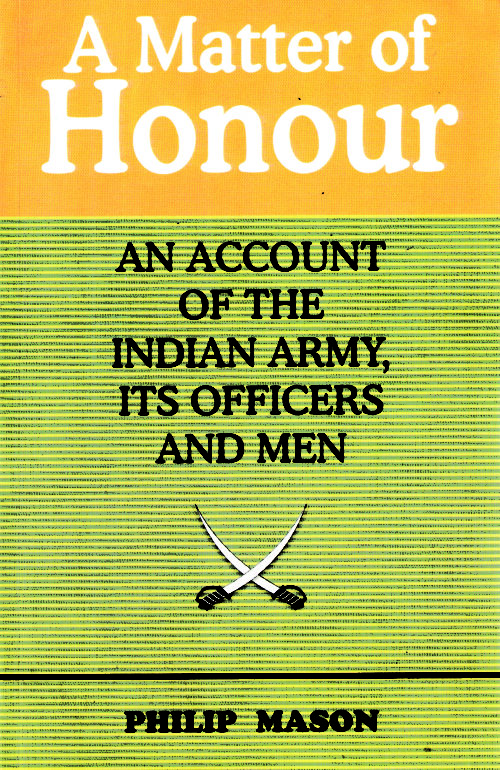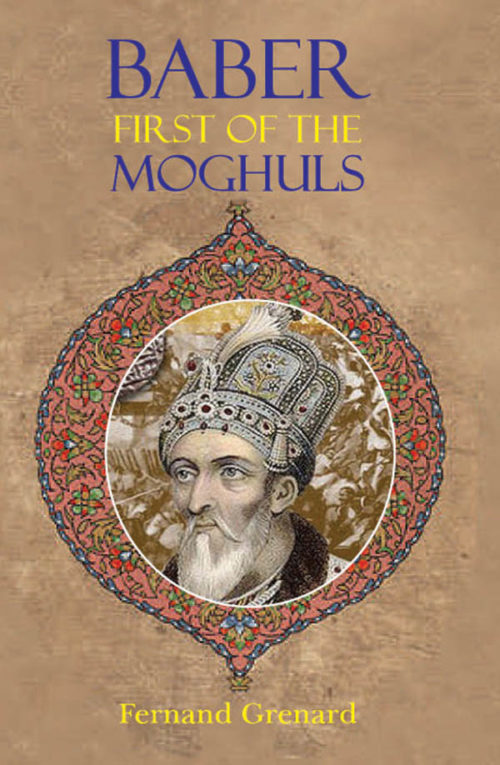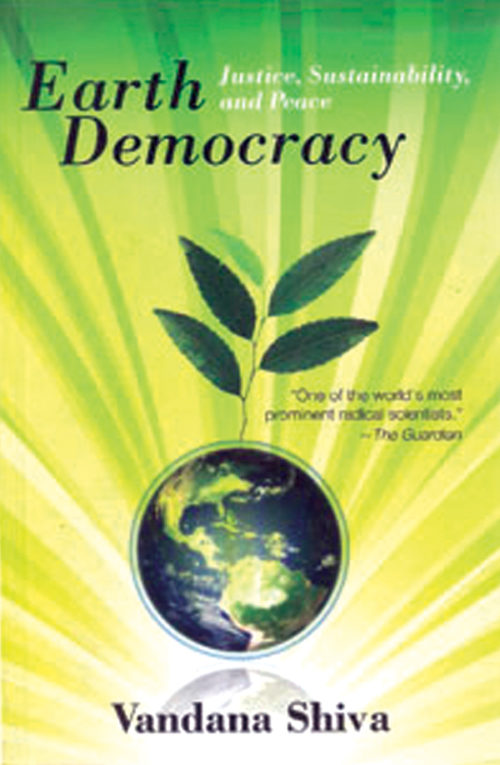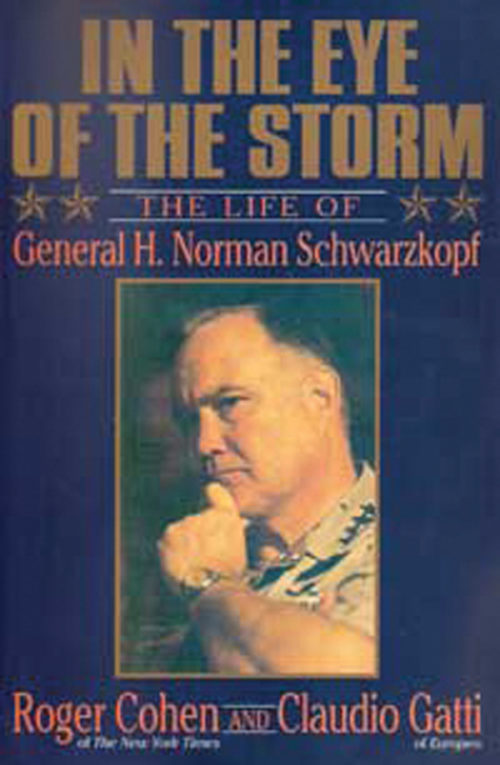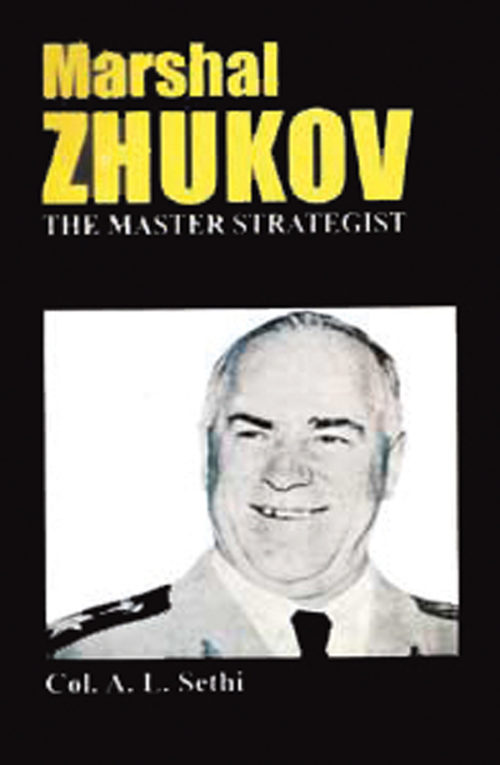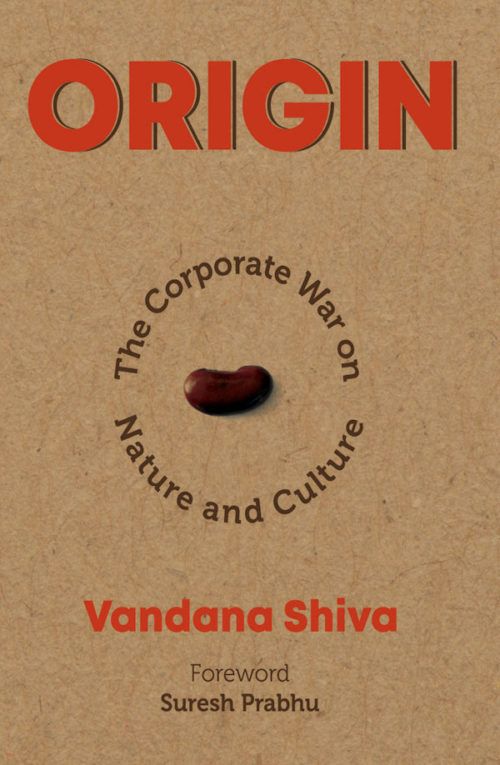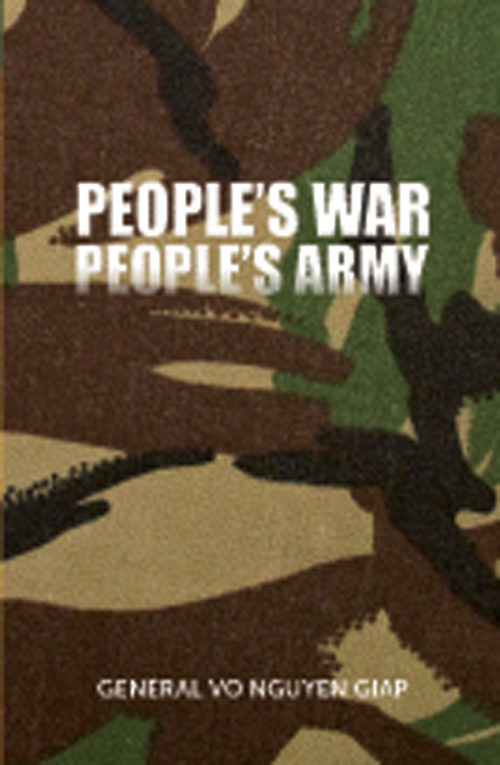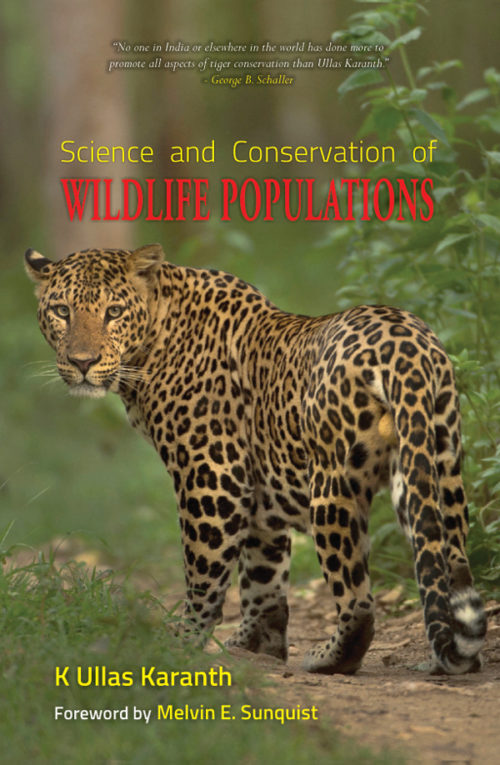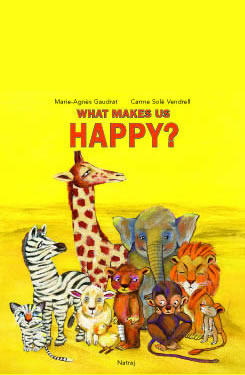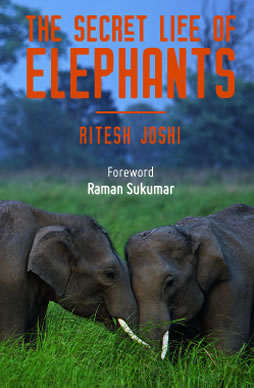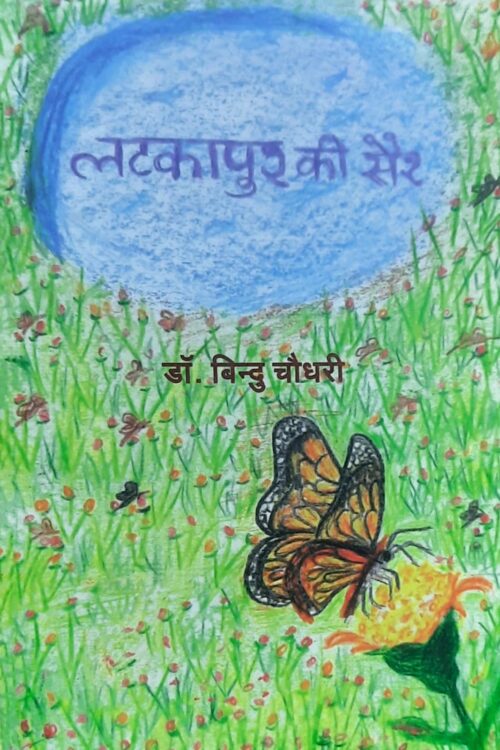-
Nature writing at its best! This book is the perfect addition to every mountain lover's bookshelf. In 1931, a party of British mountaineers—including Frank S. Smythe—on their way back from a successful ascent of Mount Kamet, were looking for shelter from inclement weather in the wilderness above Joshimath in present-day Uttarakhand. They chanced upon the lush and colourful Bhyundar Valley, the Valley of Flowers. In the monsoon of 1937, Smythe returned to the Valley with four Tibetans from Darjeeling. On this adventure, Smythe extensively explored the Valley, identifying and collecting flowers and seeds from among the wealth of plant life. He and his friends also scaled the Nilgiri Parbat and the Mana Peak and were defeated by Mount Rataban. Beset by the rains, the party was nearly always soggy and, once, an Abominable Snowman gave them the fright of their lives. Yet, these were but minor prices to pay for the privilege of witnessing the Himalaya in its infinite variety and for a great deal of time usefully spent ruminating on the joys of idleness. "For solitude in the Valley of Flowers taught me the insignificance and incapacity for happiness of thought as compared with a meditation that knows no intellectual limitations, but is content to accept with childlike faith and delight the infinite beauties and granduers of the universe."
-
Protected areas are sacred lands capable of providing us a kinship with wondrous wild creatures and plants, our fellow travellers on this planet. We need to ensure their persistence for posterity. Scientific wildlife mangement plans form the foundation of a protected area but they need vision and long term planning. This book provides the essential framework, processes and procedures. It is based on integration of modern scientific precepts and practises with social, cultural, economic and administrative realities. It is designed to address multiple spatial scales and links with plans for forest management and those for social and economic development on the surrounding managed landscapes.
-
A short treatise on the art of tactical warfare, set in the Boer War (1899-1902), this classic piece of military fiction was published by Major General Ernest D Swinton when he was still a captain in 1904. The appropriately named Lieutenant N. Backsight Forethought (BF), a rookie commander of a platoon of fifty is tasked with defending a river crossing—Duffer’s Drift. Manifested in six dream scenarios and actions of a mortified BF, who learns a series of “lessons” at his expense, his final unconventional defence succeeds in routing the Boers. The book quickly acquired cult status on small unit tactics, and armies across the world have had it on their required reading lists for subsequent generations of young officers, including in India. It has also been translated into several languages. Swinton's style of literary fiction significantly impacted the writings of several authors in the military arena. While some contextual advice may be dated, the emphasis on critical thinking remains relevant, and the principles are evergreen. A must-read
-
This is a comprehensive and easy to read book on Military Law for officers in India.
-
"Mangroves are specialised trees that grow in the interface between ocean and the land. They form the skin along the coastline that protects the coastal areas from erosion, hurricanes, cyclones and many other natural calamities that arise from the sea. Globally, mangroves comprise only 80 different species that grow in saline habitats. Apart from protecting coast line, from erosion, hurricanes, cyclones mangroves offer enormous tangible and intangible services to human kind by providing livelihoods in the form of fishing and tourism for local communities, sequestration of carbon in mangrove sediments, balancing the food chain etc. Despite of all these they face challenges for survival due to various threats that arise due to increasing urbanisation. Among the current threats to mangrove ecosystems are cyclones, storms and floods as natural threats and anthropological interference such as encroachments for dwelling, aquaculture and other livelihood purposes. Mangroves exhibit a variety of adaptations viz. morphology, anatomy, physiology, seed and seedlings development and succession mechanisms. Maharashtra comprises about seventeen species of true mangroves and few associates, widely distributed throughout the coastal districts. Mangroves in Maharashtra are protected under forest laws, despite this sometimes they are destroyed and illegally transported to various locations. At present, many publications are available on the ecology, morphology and taxonomy of mangroves, but the information on wood anatomy is very scarce. Thus a need was felt to generate the data which will help the decision makers in analysing the illegally cut wood source. This will also be crucial in conservation of mangroves. Therefore, a research project was undertaken by Institute of Wood Science and Technology (IWST), Bangalore to study the wood anatomy of seventeen mangrove species grown along the coastline of Maharashtra. The data so obtained from the study is compiled along with morphological features of each species and is being published in the form of this book and will be highly beneficial tool in understanding and identifying the source of wood that belongs to mangrove species. The present contribution will help to identify a mangrove species both in the field and laboratory based on morphology and wood anatomy. "
-
The war in Afghanistan has become one of the most complex, challenging operations in the history of the US military. Using first-hand account of the men and women who fought in Operation Enduring Freedom, this book presents an intensely personal history of the war in Afghanistan, revealing the determination, heroism, sacrifice, and strength of spirit that came to form the fabric of the conflict. From the grand strategic view of high level commanders, to the perspective through the soldier's gunsight, the truck driver's window, and the airman's cockpit, this is a fascinating and moving look at America's longest war.
-
This book is about the essential virtues that make an Indian soldier: courage, fidelity, and loyalty. Moreover, the book is a comprehensive account of the history of the Indian army. -
The Nobel laureate and the greatest British Statesman of wartime Britain Winston Churchill tries to analyse one of the most important events in the history of the world: the American Civil War. -
This book deals with Zahiruddin Babur's extraordinary journey from a pauper prince in distant Kabul to the founder of the Mughal Empire in India.
-
This book has been created with the idea of having a training manual in hindi on conservation and its implementation for the field. It raises all the important conservation concerns in Hindi and explains solutions and consequences. Written by one of India's leading foresters, it is a must have for all those working in conservation.
-
This famous book celebrates the diversity in culture and nature by one of the world’s leading environmentalists.
-
This classic on Indian wildlife, written during the 1960s holds its own as one of the greatest books transcending the progress of time and knowledge.
-
This book narrates the saga of the nail-biting 100-hour battle for Golan Heights between Israel and Syria.
-
The battle of Dien Bien Phu ranks among the most well known epic battles. This story, told by Howard R. Simpson, recounts that story of this battle, which is very crucial to the Vietnam War.
-
This is a real-life account of the most crucial battle against terrorism by Israel in the 1973 Yom Kippur War.
-
One of Vandana Shiva’s most popular books of all time, this book adds to the world wide debate on sustainbale development and North vs South.
-
-
This book serves as a reference guide on forest engineering which is the foundation of the superstructure of the successful management of forests.
-
The prime objective of forestry is not only to grow forest stands through to maturity in a healthy state but also to protect wood from biological degradation after conversion and during use. In this integrated approach, the role of a pathologist in forest management and timber utilisation can be appreciated in its proper perspective. Part 1 of this book talks about the general principles. Part 2 deals with the dieases of trees. Part 3 discusses causes, effects and control of microbial degradation of wood.
-
General H. Norman Schwarzkopf, a distinguished army officer, led USA to victory in the First Gulf War. This book tells the story of his eventful life. A must read for all those interested in military history and stories of leadership.
-
The noted military historian Maj. General D.K. Palit analyses one of the most innovative battles in modern times: battle for Italy in WWII.
-
This is a chatty memoir about travels across the Indian jungles, written more than sixty years ago.
-
A slim and crisp biography of Marshal Zhukov.
-
This book is an inpsirational lecture by Field Marshal The Viscount Montgomery of Alamein on Military Leadership. It a short yet precise and extremely motivating.
-
On the Trail of a Lion is a unique, first-hand and often chilling account of the turmoil in Afghanistan over the past 20 years, an exposé of the heroes and the villains of the history and a most human story of one man, Ahmed Shah Massoud, and his vision for his country. The book concludes with an analysis of Afghanistan in the turbulent post-Massoud era.
-
This book lays out the scientific , legal, political and cultural struggle to defend the sovereignty of biodiversity and indigenous knowledge. Corporate war on nature and people through patents and corporate Intellectual Property Rights (IPR) has unleashed an epidemic of biopiracy, including important legal battles of fighting biopiracy including neem, wheat and basmati which are synthesised in this book. It is the first detailed legal history of the international and national laws related to biodiverity and IPR. The attempt to 'enclose the commons of biodiversity and biodiversity related knowledge through patents and intellectual property rights ( IPRs) is the final step in the series of enclosures that began with the rise of colonialism. The recovery of the commons through the reocgnition of common creativity of nature and people, paves the way for a future beyond piracy and monopoly, it wakes us to the origins of life in nature and knowledge in culture. It sows the seeds of shared abundance.
-
Giap's book is now an evergreen bestseller!
-
A blistering narrative of an important battle in the Korean War, which lasted for 48 hours at a stretch.
-
"Conservationists might set out with very different objectives: preservation and recovery of rare and threatened species - as with rhinos or bustards, sustaining a steady supply of useful products for human use - as with fisheries, or even eliminating threats to human life of livelihood as in the case of rodent pests or man-eating tigers. None of these objectives, however, can be effectively met without a clear understanding of how wild populations of these species function. The necessary knowledge can come only from the application of rigorous science, which involves sampling, modeling and estimating animal populations. Even with such reliable knowledge in their armory, conservationists must face social challenges in application of this science on the ground and in the policy arenas, in which not everyone may share their goals or values. This volume contains 26 articles by the author written in collaboration with other leading biologists, quantitative ecologists and conservationists. It boldly explores a complex terrain that spans ecological theories to social practices. It is a useful guide for those practicing science-based conservation. "
-
This book is an enjoyable romp through the jungles of India, with a man who knows it all!
-
This volume seeks to put the twenty-two day war in proper perspective and takes stock of the fighting, in so far as it is permissible, evaluating its political and military impact on the Indo-Pakistan subcontinent, eliminating mis-emphasis and arriving at a sober assessment of the fateful events.
-
This book seeks to give wider currency to modern innovation in tree culture pertinent to tree improvement and multiplication.
-
It must surely be exceptional that a prominent general should be accorded grater appreciateion, respect, and sympathy, veen posthomously, by his enemeies than by his own country. But such was the fate of the charismatic Field Marhsal Von Rundstedt. This book is his remarkable biography.
-
Water wars are a cruel reality today. This book look at Vilasroas Salunkhe's successful 'pani cpanchayat' water model for useful replication across India. Anna Hazare was also inspired by the same and introduced it in his village.
-
"Globalized industrial agriculture based on the Green Revolution and gene revolution harbors hidden interests, pursuits of monopoly, profits, control huge hidden costs, and capitalistic imperialism. The cost must include the genocide of the Indian farmers and the agony of quarter of a billion Indians that live in hunger and poverty. The concern of the book is to estimate the true cost of the Green Revolution, gene revolution, industrial production and globalised distribution and to compare it with the agro-ecological alternatives. Agro-ecology is not only an effective treatment for rural poverty but also a necessary realization of the right to food for all. The science of agro-ecology harbors the potential to benefit the most vulnerable people in various regions, countries, and environments and contribute to overall economic development. "
-
A reliable guide book for all appearing for general examinations and SSB interviews.
-
A vivid yet insightful view of what the Global War on Terror really means in Afghanistan's unforgiving mountains and churning cities. Sean Maloney's combination of on-the-ground experience in Afghanistan and his background as an experienced military historian and analyst brings real insight to the fascinating and strategically vital situation. It has been a new world since 9/11, and Sean Maloney has expertly chronicled a part of it. This is the story written from the frontline, not the academic desk, by a Canadian with much experience of the emerging nature of conflict worldwide. -
This book is regarded as the Bible on the ecology of forests. It is sure to arrest the attention of not only students studying forestry but lay readers as well. -
This book delves into an intricate study of the various aspects of forests and their inter-relationship in acute detail, revealing facts integral to the science of forestry. -
Written by an offcial of the British Raj, this an enjoyable accont of the jungles of Central India. -
This book contains the bare act alongwith the Tribal Rules.
-
"We need to talk to our children about what true happiness really means. If we dont, the kind of society we live in will lead them on to the incorrect and untrue track making them materialistic, selfish and competitive.This joyful, practical and poetic book will help adults and children talk and reflect on what makes us truly happy, and move towards the real joys of life! - Christophe André, renowned French Psychiatrist This unique book with unusual open and close flaps, chamring illustrations in large format asks simple questions that make little children think of how the simple things they can do and learn will help them grow up into happier and more content adults. Questions like how will you like to win, alone or by taking others along? When you see someone in trouble, will you ignore them or help them?
-
This book is a unique and unusual blend of field work, anecdotes, observations and research on the lessor known behaviour patterns of Asian elephants. Written in an easy style, the book is of equal interest to the expert and the layperson. The author, a scientist, spent more than a decade observing elephants in Rajaji National Park, in India. The behaviour patterns documented in this book reflect the changing habitat and ecosystem, raising questions, and observations on new management techniques needed to address conservation challenges for wildlife in India. Praise for the book: This is an excellent book. Having worked with African elephants all my life, I can see the similarities and differences between the African and the Asian elephants. I liked the way Ritesh has combined statistics and research with stories. -Dr. Cynthia Moss, Director, Amboseli Trust for Elephants, Nairobi
-
Join a young Bulbul’s meditative journey of self-discovery. Sandyy is a passionate and inquisitive little Bulbul living with his family and others of the Bulbul clan in Pristine Valley. He keenly observes everything he encounters — from seeds to trees, light to darkness, the valley to what lies beyond the mountains. Sanddy’s passion feeds his thirst for knowledge. His treasured dream is to explore and take a flight beyond the Pristine Valley. It is his calling, which takes him on many fascinating adventures with his best friend, Oppy, a Golden Oriole. Driven by a determination to explore their many curiosities, Sandyy and Oppy fly to uncharted territories beyond the Pristine Valley, where Sandyy discovers a family secret. A secret that will liberate the Bulbuls from their conventional mindset. This book is a remarkably inspirational tale of reaching out for your dreams, tuning in to your personal calling, finding meaning and reasons in unexpected encounters, and having the courage to venture through unfamiliar turf to carve out our own path to live life to the fullest.
-
Since Forest economics embodies the fundamentals of economics as applicable to forest resources, including land and water, the book endeavours to expound the economic aspects of forestry and allied subjects, the basic object to doing so is to knit the various aspects of forestry wite the principles of economics - theory and practice -and to show that silviculture. Forest and wildlife management. Forest mensuration, forest utilization, land use for environmental and ecological stability, forest based economic growth and development etc are not isolated strands of knowledge but are integral components of the same fabric. That of man's behaviour in the ordinary business of life for resource use and its management. Because of India’s diversity in forest resources as also in forest practices and for the reason that the authors experiences are by and large based on Indian conditions. The illustrations and discussions represent an Indian background. The book is intended to serve as a text and a reference book useful for mangers of natural resources in general and foresters in particulars who may not have the time or opportunity to attend courses in natural resource administration.
-
Written between 1968 and 1973, begun in the aftermath of a great victory and comepleted at a time of renewed war, this book is an attempt to explain the phenomenon of the Isreali Army. There is much to understand. In the span of a single generation, a people that once had no soldiers has become a nation of soldiers, creating in the process an Army which, in 1973, sent into battle the third largest tank force and the sixth largest air force in the Western World. Unlike almost all other new armies, the Israeli Army did not grow out of colonial regiments nor did it receive its military expertise ready-made from foreign instruction as its neighbours have done and are still doing. Instead, through trial and error, through experimentation and debate, the Israelis have taught themselves virtually everything they know, from basic infantry skills to intricacies of air combat. Sometimes very advanced and highly effective, sometimes, merely different, and in some cases perhaps backward, the Army's doctrines, tactics and structures are all the original creations of the Israelis themselves, a nation of 650,000 in 1981 and even now fewer than three million. Among the lesser powers, this is a unique achievement. This book is neither a history of the Israeli Army, nor a history of Isreal's wars. Its central focus is on the men and the ideas that have shaped the powerful and invincible Israeli defence.
-
This ununsual and interesting illustrated book uses a simple yet effective method to teach young children the Hindi alphabet in a fun manner that is easy for them to remember, spell, speak and use. The book is just as useful for language teachers and instructors to refer to in the classroom to make language learning innovative and effective.
